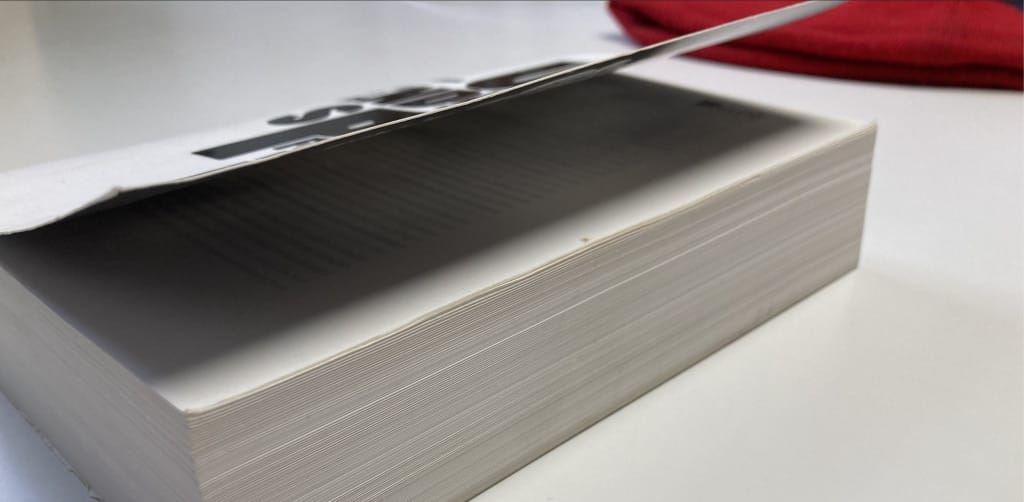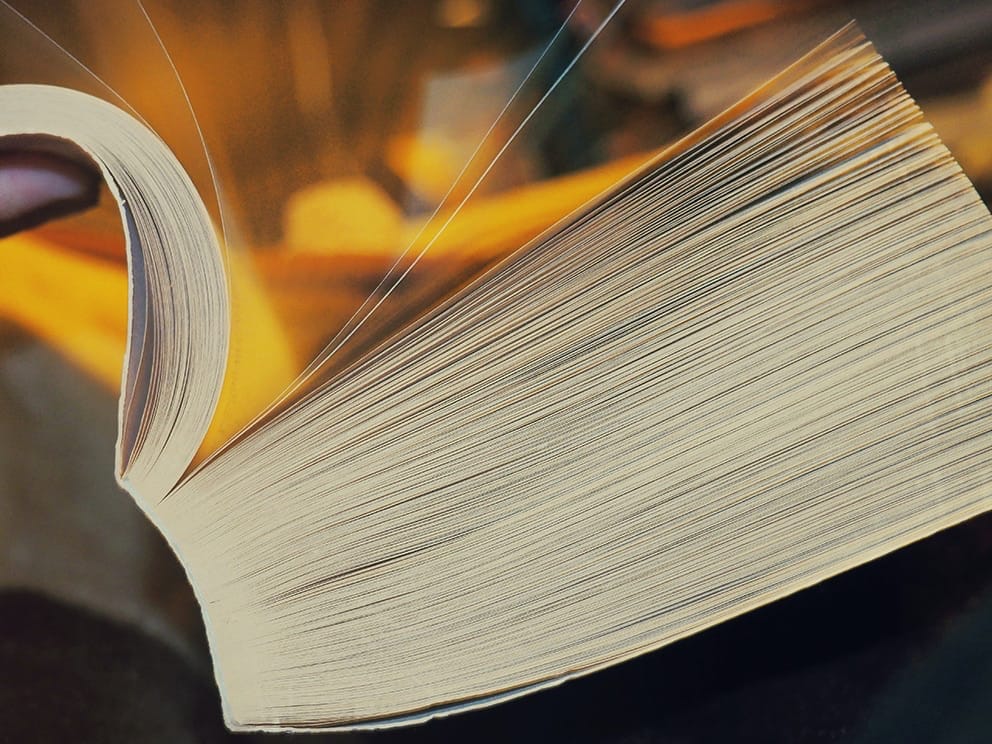How to avoid a TL;DR reaction
Ronny Schreiber · November 9, 2021
This article is about how we can better get our messages across to readers in written form, why this is becoming increasingly difficult, and what we can do to avoid getting a tl;dr response to our written articles.
Why am I writing about this?
I want us, developers, to write informative and readable articles.
So that we bring our knowledge and experiences into the world because we are awesome at our job and others can learn from it. Therefore, we need to be aware of the reading behavior of our potential readers and actively engage in writing readable texts, which has its challenges, especially in the technical field.
Where does the problem come from?
We live in an era where time is scarce, or we, as rushed characters, have the impression that time is short.
There are different reasons for this, but read the article by our colleague Hidayat: "prosochē – reflecting on attention." Hidayat has looked at this in detail. You can experience how difficult it is for him to focus.
In any case, we want to know what is coming, especially when we read articles on the internet. Often, however, we are denied this insight in advance, which means we miss the chance to get excited about the topic. Then you turn off and don't read the article or scan frantically over the article for helpful information and possibly miss important parts.
On the other hand, it is also up to the writers who enjoy writing gushing articles or cannot formulate their statements shortly and crisply.
tl;dr explained
tl;dr Too long; didn't read means that a contribution, be it an article, post, or similar, has been put into too many words and is therefore potentially not readable.
There are two uses of the term:
- One is as a reaction to someone else's post to indicate excessive verbosity. In this context, tl;dr is often used as a rude reaction.
- On the other hand, to display an article's summary and indicate that the contribution is too long.
The origin of tl;dr
The phrase was probably born on Reddit as a reaction to excessive posts. Like so many other things, it found its way from there to the entire internet.
The first entry in the Urban Dictionary dates back to 2008 and offers a wide variety of readings and variants of the phrase.

What can we improve when writing articles?
For not provoking the unwanted tl;dr reaction towards our articles, here are a few suggestions for action:
- A text formulated in understandable language is the basic prerequisite.
- It is important to pick up the reader initially to inspire and prepare them for what is to come. Then the reader will work his way through a dryly written, complicated, or just totally long article.
- The content should be structured and divided into consumable and varied bites.
- The same applies to the first sentence of each paragraph, which should be written as a summary of the paragraph so that the reader quickly knows which paragraphs or sections are of interest and can take a shortcut to the part of the article that is important to him.
- In general, texts should be reduced until only the essentials are formulated in them to avoid repetition.
- If a topic gets too long, you should decide to split the article. A series of articles also has further advantages.
tl;dr
Write your articles in an exciting and structured way, pay attention to your audience and take them on an exciting journey. Then you will get good reactions to your articles, and they will be valuable for the readers.
I hope this article doesn't provoke any tl;dr or even ts;dr, td;dr, tl;dc reactions from you. Anyways, feel free to let it out.
Bonus for all those who have read this far
TLDR Wikipedia has excellent examples summarized, these are also quite humorous.

Image via Unsplash by Thiébaud Faix
Header image via Unsplash by Anastasia Zhenina
Ronny Schreiber
